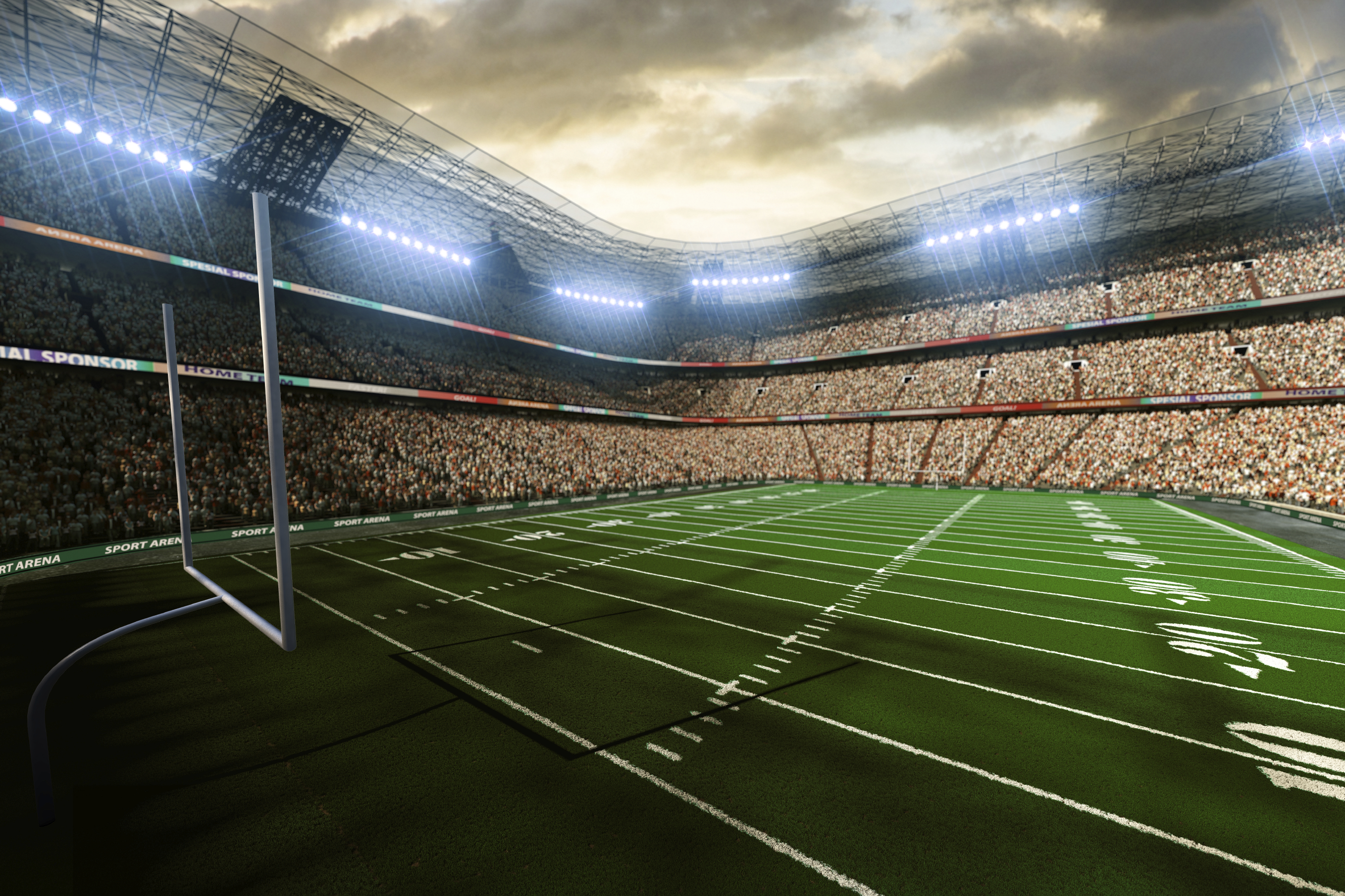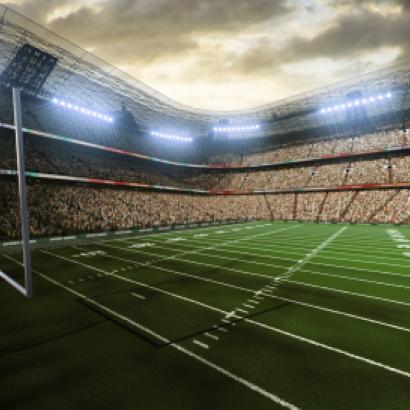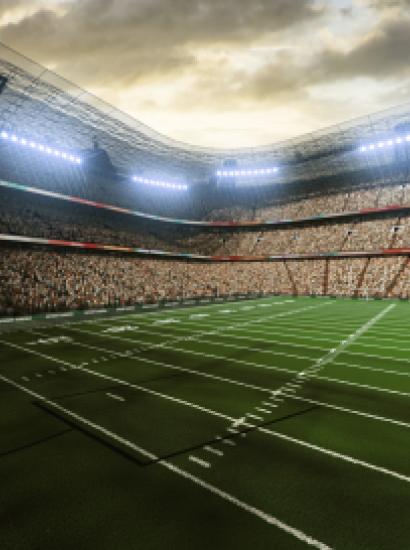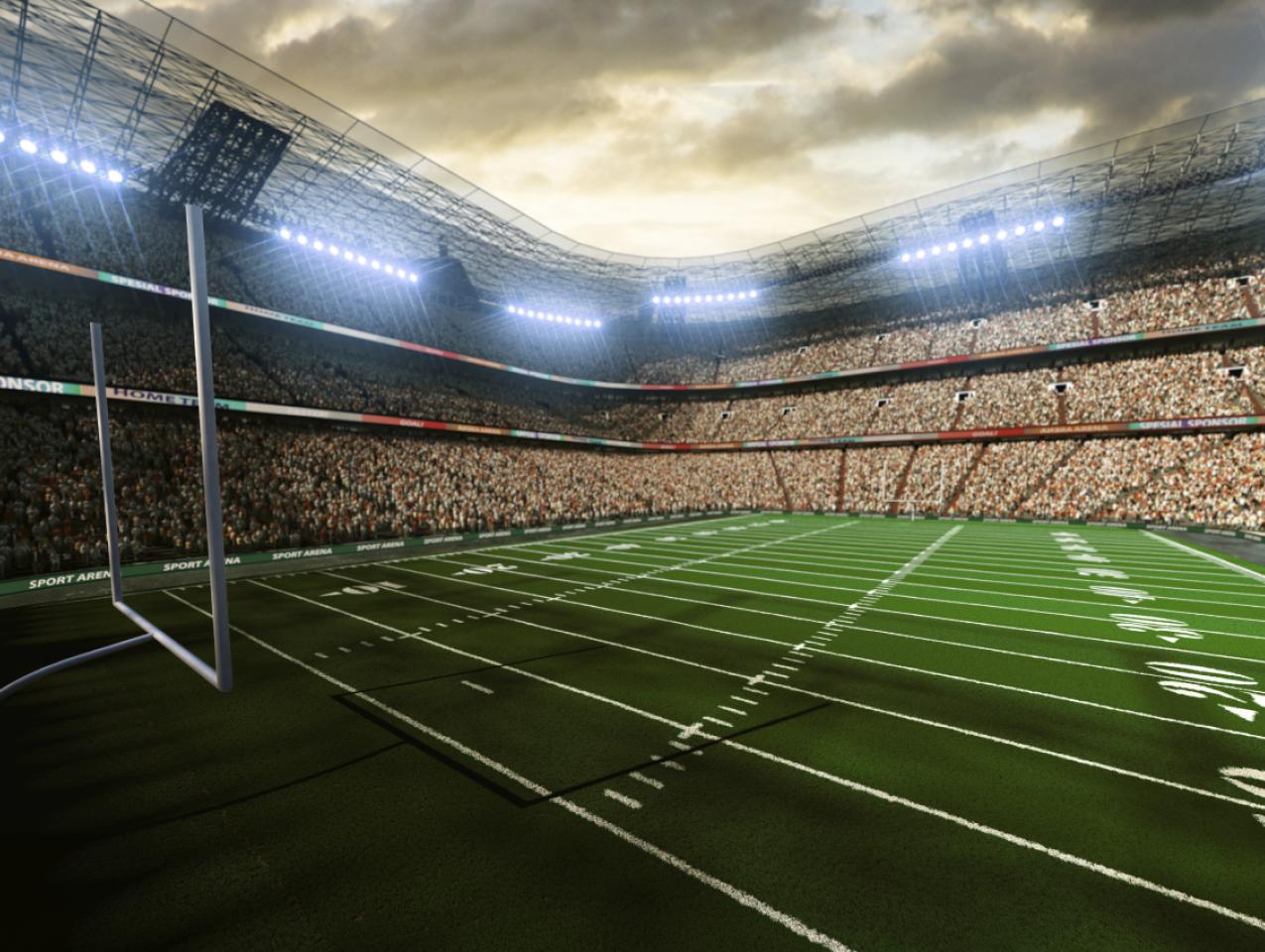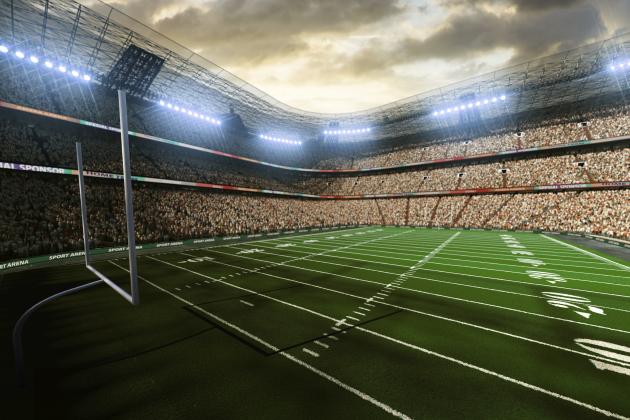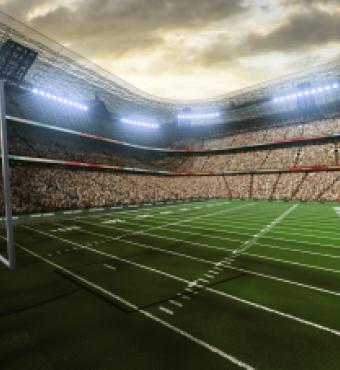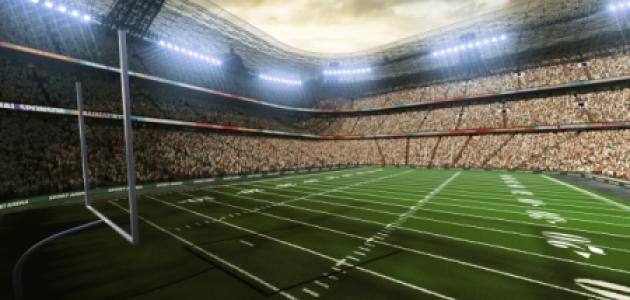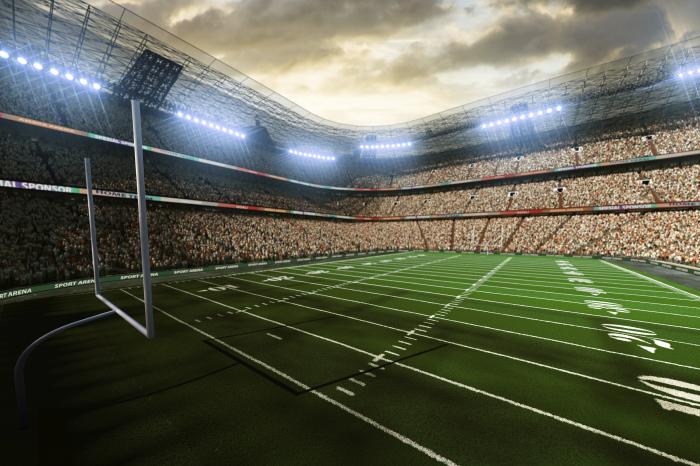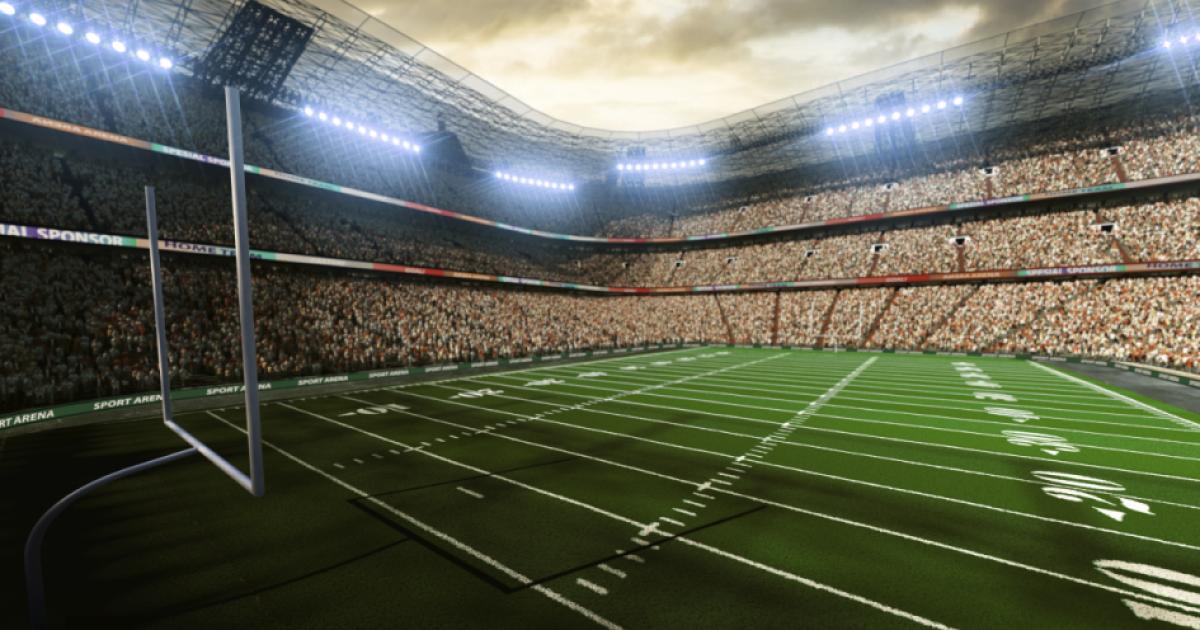- Politics, Institutions, and Public Opinion
- State & Local
- California
If you’re not doing anything this Sunday and just so happen to have a considerable amount of free time, try this California innovation that’s stood the test of time (the past 55 years, at least): Super Bowl LVI, which won’t be hard to find, as one broadcast network is devoting no less than 10-plus hours of programming to the day’s festivities.
In addition to being a contest between two teams to decide which is this season’s National Football League champion, the game is also a bookend of sorts, as it’s being played in the same city, Los Angeles, that gave birth to this spectacle fifteen days into 1967.
Not that the first title game had much in the way of pre-kickoff hype, as is today’s custom. The Los Angeles Memorial Coliseum wasn’t designated as the game’s site until six weeks before the January 15 kickoff. Nor did the game sell out—in part, because some football enthusiasts didn’t care for the $12 ticket price (about $100 in today’s currency and nowhere close to today’s four- and five-figure asking prices).
Other differences between the City of Angels past and present:
The Venues. LA’s venerable coliseum first opened for business in January 1923, at a cost of a little less than $1 million (just over $16 million today). The key word in its formal title: “memorial”—i.e., constructed in honor of World War I combatants. Its bowl-shaped design stands in stark contrast to the venue for this Sunday’s game, SoFi Stadium, financed by $5 billion in private funds and part of a 300-acre gentrification complex that’s slated to include more than 1.5 million square feet of retail, restaurant, and office space (plus, for housing-starved California, at least 2,500 townhomes and apartments).
And therein lies a key difference between then and now: monetization. While the Memorial Coliseum offers about 7,200 more seats than SoFi Stadium, the latter features 260 exclusive suites versus fewer than three dozen in the coliseum’s renovated configuration (many of them in the end zone and exposed to the elements). If coliseums back in the time of the ancients were scenes of bloodshed, the state-of-the-art stadium in today’s Los Angeles offers murder in a different form: a financial killing.
Urban Blight. Twelve days after that initial Super Bowl, the cover of Time magazine featured a different LA occurrence: smog. This wasn’t exactly breaking news in California’s Southland: since to the 1940s, Angelenos had been dealing with polluted air (the skies were so hazy in July 1943 that locals thought the warring Japanese had launched a gas attack).
Local and state government did battle with Los Angeles’s notorious smog—the Golden State imposing the nation’s first tailpipe emission standards that went into effect the same year as the inaugural Super Bowl, as well as California requiring more elaborate catalytic converters than is mandated in many other states.
Fifty-five years later, Los Angeles and greater Southern California still have some of the nation’s worst air pollution. The question is: a half-century from now, will we still be talking about a Los Angeles plagued by chronic homelessness?
One telltale sign that Super Bowl LVI was fast approaching in the City of Angels: Los Angeles County officials disbanding homeless encampments (as has been the case in other cities hosting previous Super Bowls).
Last week, and as part of his Operation Homekey initiative, California governor Gavin Newsom announced $45 million in new funding for housing projects in Sacramento and Los Angeles—bringing $21 million to LA’s city housing authority to acquire a newly constructed apartment building.
According to a recent federal HUD inspector general’s report, the total number of homeless people in Los Angeles County increased 21% from 2017 to 2020, reaching 63,706. Progress it’s not. The same report took the Los Angeles Homeless Services Authority to task for its lax oversight—the agency leaving millions of federal dollars unspent and a majority of local Section 8 units failing to meet housing quality standards.
In sum, Los Angeles’s handling of its homelessness woes is anything but “super.”
Leadership. That first Super Bowl—back in 1967, it went by the clunky title of “AFL-NFL Championship Game”—was played two weeks after Ronald Reagan was sworn into office for his first of two terms as California’s governor.
At the time, Reagan vowed to bring more “citizen politicians” into government. In his words: “There is a new breeze blowing. It’s gratifying that citizens will give up their lives in the private sector and come in to lend a hand.”
Newsom, California’s 40th governor (Reagan was its 33rd), is hardly the citizen-outsider that Reagan envisioned back in 1967—the former’s ascent due to his having the right social and political connections. The same applies to Los Angeles’s lame-duck mayor Eric Garcetti, who’s still waiting to be confirmed as US ambassador to India: his father was LA district attorney during O. J. Simpson’s arrest and murder trial.
(Speaking of O. J., while he never played in a Super Bowl he did handle the coin toss the last time the game was played in greater Los Angeles—in Pasadena and the Rose Bowl in 1993, a year before his judicial odyssey began.)
Political privilege comes in many forms—cockiness, tone-deafness, and an attitude (conscious or subconscious) that the rules apply to others. It might explain why Newsom and Garcetti both were photographed not sporting masks while in the company of the immunocompromised basketball great Magic Johnson at the NFC Championship game, even though Los Angeles public officials had imposed a mandate requiring all fans to wear a mask (the same rule is in effect for Sunday’s game).
Garcetti’s alibi, once confronted with his breach of health protocol, was comically weak—the mayor saying he held his breath once he removed his mask, reminiscent of a then-presidential-hopeful Bill Clinton spinning his marijuana intake.
But Newsom’s masking sin may be more egregious in that’s he’s a repeat offender, the governor having been caught back in November 2020 dining with lobbyists sans mask at the trés chic French Laundry restaurant in California’s Napa region, in violation of the same COVID protocols Newsom had issued for the citizenry.
Will Newsom and Garcetti mask up on Sunday, assuming they attend the big game (every fan entering the stadium will receive a free KN95 mask)? Will stadium officials and local law enforcement bother to enforce the mandate, or will they allow the world to see another example of a California turning a blind eye to lawbreakers—football fans flouting a mask mandate not unlike looters going unpunished?
Moreover, if California’s political elite are caught again in violation of the same mandates they implore the public to follow, will they ascribe their poor choices to their lapses in judgment or engage in more strained Clintonian reasoning? Then again, Newsom apologized after his French Laundry faux pas.
In a Super Bowl full of all kinds of betting action, that’s one wager I wouldn’t touch.







